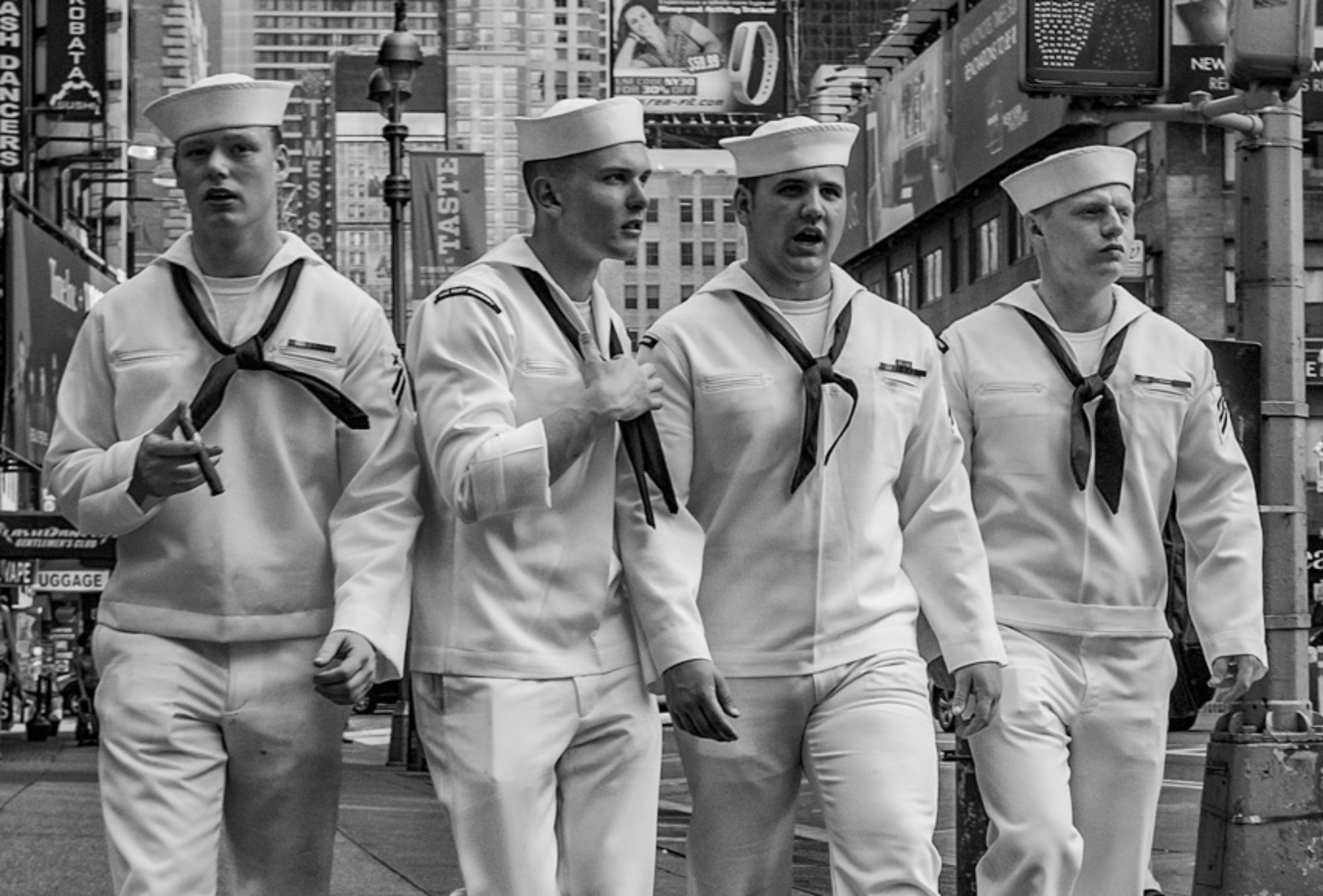I am astonished at how many people are not familiar with their own equipment. I am not talking about how to adjust whether your camera adjusts exposure in 1/2 or 1/3 stop increments, I am talking about changing simple settings.
Read. Test. Practice. Rinse, lather and repeat.
Know where the ‘important’ buttons are on your camera. Know how to use your ancillary equipment like strobes and triggers. If you have a lighting modifier – put your strobe in it and see what sort of spread and fall off you get at different settings. This is not rocket science, just something that you should do *before* you use it in a shoot.
We all don’t have our 10,000 hours doing this, so when you have some time, do try out your equipment so you know how it works. Golfer’s don’t go to the driving range and just hit one club, they practice with many different clubs and work on different shots.
Can you change the ISO, f-stop and shutter speed in the dark? Where is your manual focus switch? Where is image play to preview a shot (when you can’t see the buttons)?
Do you need light and a manual to find the gas and break pedals in your car? No? Well, why do you need a light to change a basic setting of your camera???
If you shoot in program mode and never change other settings, you probably are not even reading this far. If you want to change settings, but fumble around, then you are at least heading in the right direction.
Practice can be Fun
If you are shooting a DSLR with an illuminated display, find the light button and remember that. My Canon has a light and I need to use that if I am changing ISO at night. Do I keep a headlamp and flashlight with me (or use my phone) – sure – but I would rather hit a button, make a change and move on. Someone was just telling me the story of a young photographer (I don’t know his/her name) that would stand by the side of the road and see how quickly they could take the camera from rest position and set it and focus it for a picture of a passing car. If you ever want to do sports photography, how useful do you think that skill is? I practice this with my dog – if you look through some of my photos, my German Shorthaired Pointer is quite the speedy dog, so I bring short and long lenses to experiment on how to best capture her running and jumping. This is actually fun and I can get some wicked shots of her flying through the air.

I walk my dog in the woods every weekend, rain or shine. I am there for about an hour, so I more often than not take a camera to play with. This was an experiment using ambient light to capture the dog moving quite fast – I ended up changing from autofocus to manual and would chimp after each shot to see what worked best. So, what’s the point? Who knows when, but if I wanted to shoot a fast-moving object, a sled, car or whatever, doesn’t this work prepare for that?
Improving your eye and understanding light are lifelong pursuits. I don’t think it is possible to ever stop learning. However, equipment is just equipment. If you don’t know how to go to manual focus and it is dark and you can’t get the camera to focus on what you want, it does not matter what you see and how you want to capture it – you will fail in your image capture.
Similarly, if you are using off camera lighting and modifiers, you should have an understanding of how the modifier behaves with different configurations and strobes.
Guilty as Charged
I know that I am as guilty as the next person and will not have fully tried all combinations for some of my equipment. However, that does not mean I am not as prepared as I can be before a shoot.
Would you go into a shoot without memory cards (that have space) and charged batteries? No? But you would then try to figure out how to use a piece of equipment that has been sitting on your shelf or a mode of your camera during a shoot?
You don’t have to be Gregory Heisler to be as prepared as he is. If your image is to be created, or you are doing portraits, you should have a good idea if what you will be doing long before your subject steps foot near the camera.
I guess I am rambling a bit and I apologize for that – but the message is clear – get familiar with your equipment long before you need it and practice technique. Hopefully, the journey is as fun as the results.


